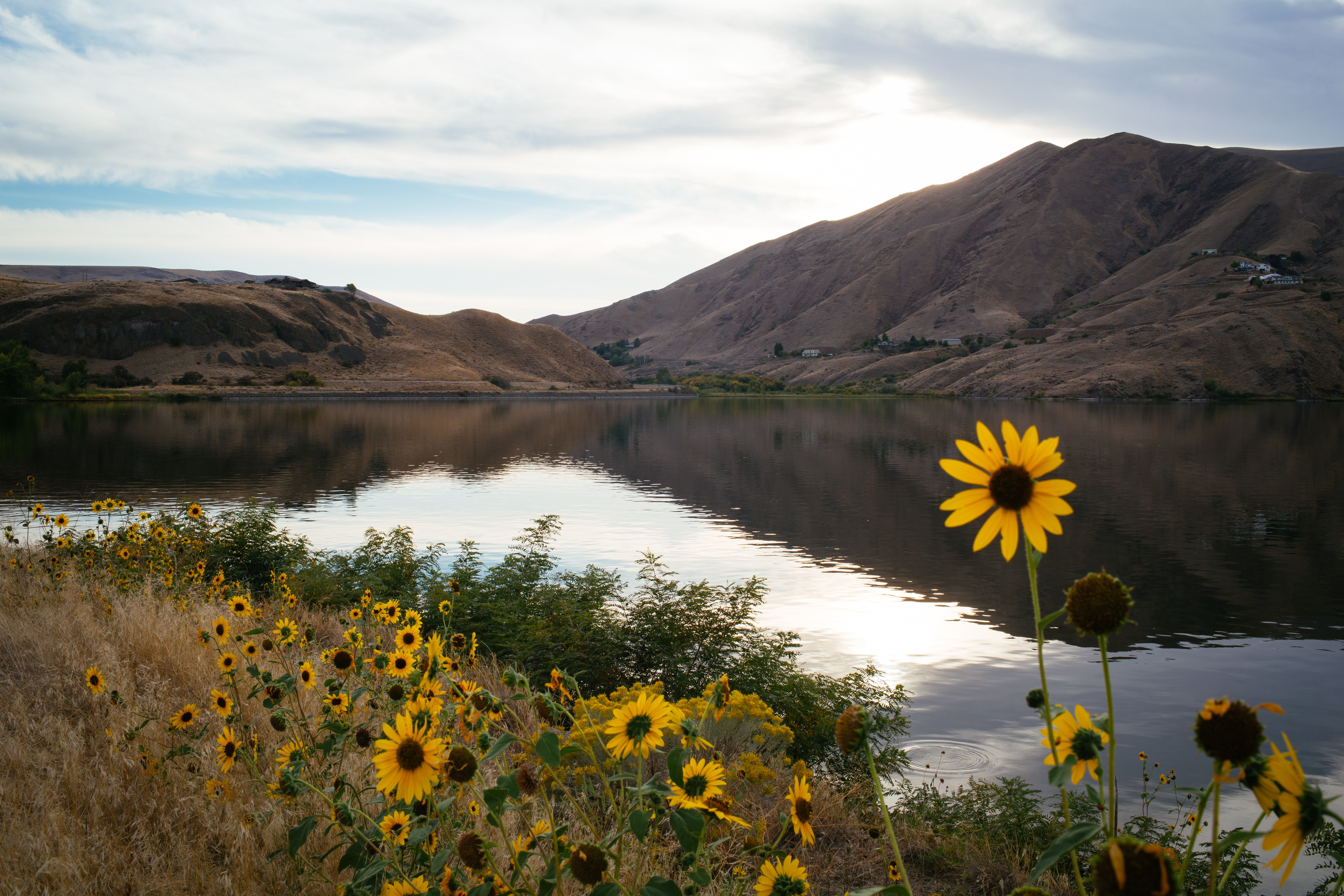
By Bill Arthur, Snake/Columbia River Salmon Campaign Chair
Earlier this year, the federal agencies that manage the Columbia and Snake River dams issued a Draft Environmental Impact Statement (DEIS) that once again failed to offer solutions that will save salmon and steelhead and help our starving orca. While the DEIS process was underway, the Ninth Circuit Court responded to litigation filed by Columbia Riverkeeper and other conservation and fishing industry groups. It ordered the U. S. Environmental Protection Agency (EPA) to release a long-overdue plan to protect salmon and steelhead in these rivers from dangerously warm water temperatures.
On May 18th, the EPA issued its plan. The study they conducted showed that warm water – primarily caused by the dams and their shallow reservoirs--further threatens the Columbia and Snake rivers salmon and steelhead. Climate change and rising temperatures only make this situation worse. The below graphs from Columbia Riverkeeper illustrate the stark differences between free-flowing river temperatures and rivers that have been dammed.


Salmon and steelhead are cold-water creatures: they can only survive in water that is 68 degrees or cooler. If water exceeds this temperature for extended periods of time it becomes lethal for them. Yet, summer temperatures in the reservoirs behind the dams routinely exceed 68 degrees for long periods of time. These excessively warm temperatures cause stress and disease for salmon along with creating thermal blocks in the reservoirs behind the dams that prevent them from reaching their spawning areas in a timely manner.
In response to the report, Governor Inslee and Washington State’s Department of Ecology issued Clean Water Act 401 Certifications that require the eight federal dams on the lower Snake and Columbia Rivers to meet safe limits for temperature, helping to protect salmon and steelhead. This marks the first time these federal dams have had to meet Washington state water quality standards.
The EPA analysis clearly identified the dams as the primary cause for higher temperatures in these rivers. The modeling also showed that the only way to achieve the state’s temperature standards is to either deeply draw down the reservoirs behind the dams during the summer or to breach the four lower Snake River dams. It is expected the Trump administration will be challenging the state’s authority to regulate pollution, including temperature, from the federal dams.
The Ninth Circuit legal decision, EPA plan and study, and the strong action by Washington State are critical steps toward recovering our salmon and steelhead. Moreover, these milestones put even more pressure on the federal agencies charged with managing the dams to develop a real plan that can restore salmon. A cornerstone of that plan must consider dam removal as an option.
The Sierra Club will be working with Columbia Riverkeeper and other allies to keep the pressure on the federal agencies and support the states to restore a river that works for salmon and steelhead and makes investments to assure strong communities and reliable, affordable clean energy.
Governor Inslee should be applauded having Washington State push forward with requiring the federal dams to meet our states water water quality standards. You can call the number below and leave a message thanking him for taking this action to protect water quality and help our salmon and steelhead.
Governor Jay Inslee
Office of the Governor
PO Box 40002
Olympia, WA 98504-0002
Ph: 360-902-4111
https://www.governor.wa.gov/contact/contact/contacting-governors-office